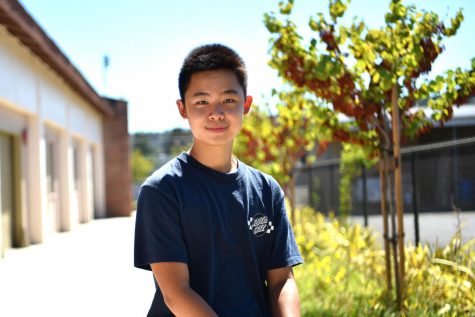Clarifying the cannabis conundrum
Analyzing the MVHS perspective on the legalization of cannabis and its impact locally
A person holds up a lit cigarette that has been partially smoked.
December 20, 2022
The two student sources in this story will remain anonymous because they discuss their participation in an illegal activity and will be referred to as Student A and Student B.
Cannabis, also known as marijuana or weed, is an addictive drug used for recreational and medicinal purposes. Although still federally illegal, medical cannabis has been legalized in 37 states, while recreational cannabis has been legalized in 21 states, including California in November of 2016. Cannabis encompasses a wide spectrum of uses, including treating chemotherapy symptoms, relieving pain and treating anxiety.
In 2021, California recorded over $5.2 billion dollars in sales, making it the single largest market for cannabis in the world. However, this industry is heavily regulated, including by California’s Health and Safety Code, which limits the quantity of cannabis a person can carry at a time to 28.5 grams and prevents minors from using it.
Despite these safety measures, cannabis usage remains a prevalent issue among young adults in high school and college. According to a study conducted by the National Institute on Drug Abuse, there was a 13.2% rise in cannabis usage in young adults from 2020 to 2021— an uptick that can be observed in the MVHS bathrooms where students often use cannabis, according to cannabis user Student B.
Student A, a frequent cannabis user, feels the drug is very accessible within our community through siblings, older friends or seeking out cannabis dealers. As a result of this accessibility, Student B says they have noticed people with red eyes and looking high in class.
Student A believes that another contributor to the strong presence of cannabis on campus is the range of effects the user can feel after smoking. They describe the experience as feeling “relaxed [and] more creative,” while Student B feels their “emotions are heightened, but then it clears [their] mind and [they] feel very tired.”
According to School-based therapist Richard Prinz, the increase in drug use among young adults comes from their need for distractions from life. Prinz refers to drug use as “a form of self-medicating.”
“I think people are looking for excitement if [they are] feeling anxious or depressed, or [they] have a mood [they] don’t like and [they] want to feel differently,” Prinz said. “Sometimes there is peer pressure. People feel like, ‘Oh, my friends are doing it, so I have to do it to be part of the group.’”
The MVHS community, though, is divided on whether this newfound access to cannabis is a much-needed tool for relaxation or a dangerous drug with serious ramifications on personal health.
From a psychological point of view, Prinz cautions that cannabis dependency can stunt social-emotional growth, because an individual might avoid difficult situations by smoking rather than learning how to deal with their own emotions or handle conflict with others.
Student A says the ultimate impact cannabis has on a person’s life has less to do with the drug itself and more to do with the specific user.
“I [have] a friend who [has smoked] every [day] since [they were] 16,” Student A said. “[And] now [they’ve] got a six figure job at Amazon and he’s very in shape and fit. I’m also friends with someone who smokes every day and just sits on his a– in his mother’s basement. I suppose it’s got more to do with the person than anything.”
However, they caution that “if you’re not in a place where you want to be in life, then you probably shouldn’t smoke weed often.”
While cannabis’s positive or negative effect on life may continue to remain ambiguous, Prinz emphasizes that regardless of a student’s opinion, they should strive to confront challenges head on by seeking help rather than coping with drugs.
“It’s better from my [perspective] to try to be happy without having to depend on substances,” Prinz said. “[If] there’s a problem [or] you feel unhappy, try to figure [it] out with help because we have mentors and people who can help us. Instead of [putting in] the effort to buy marijuana [and] hide it from our parents, we put in the effort to overcome the discomfort that we’re feeling and find solutions so that we can feel differently.”


















